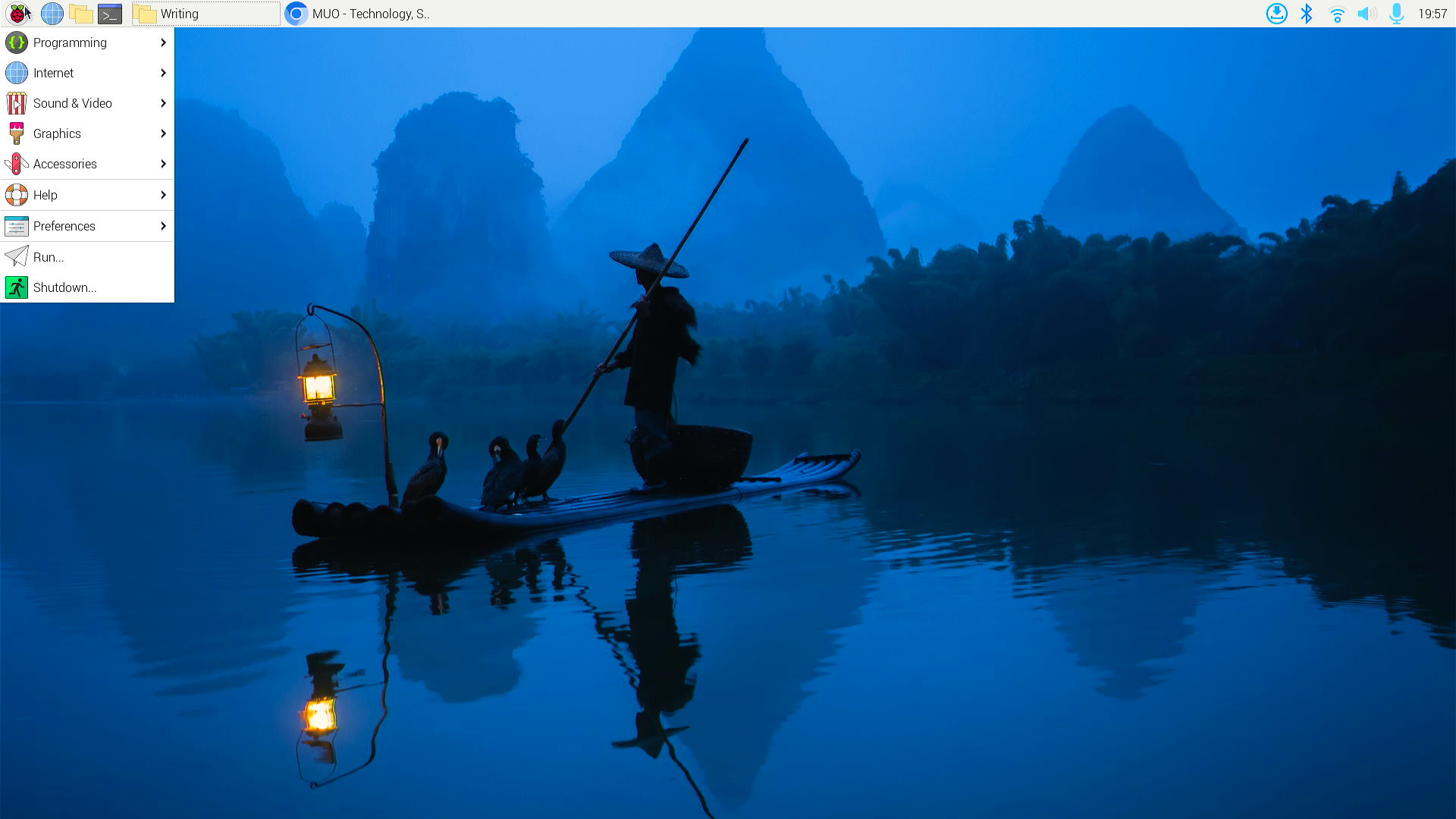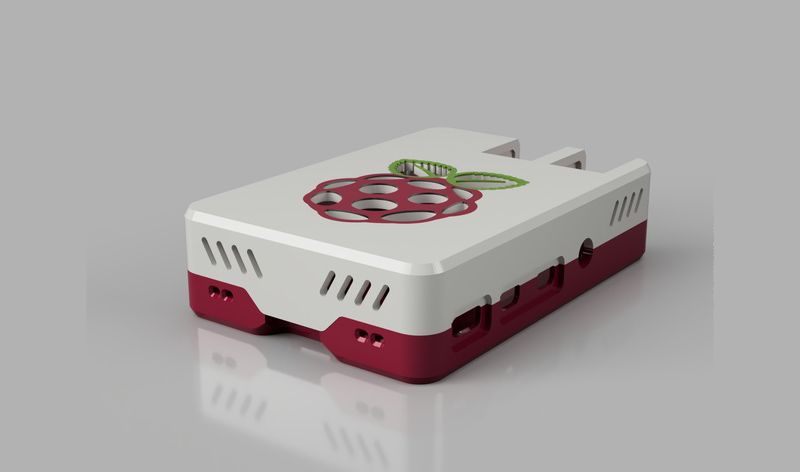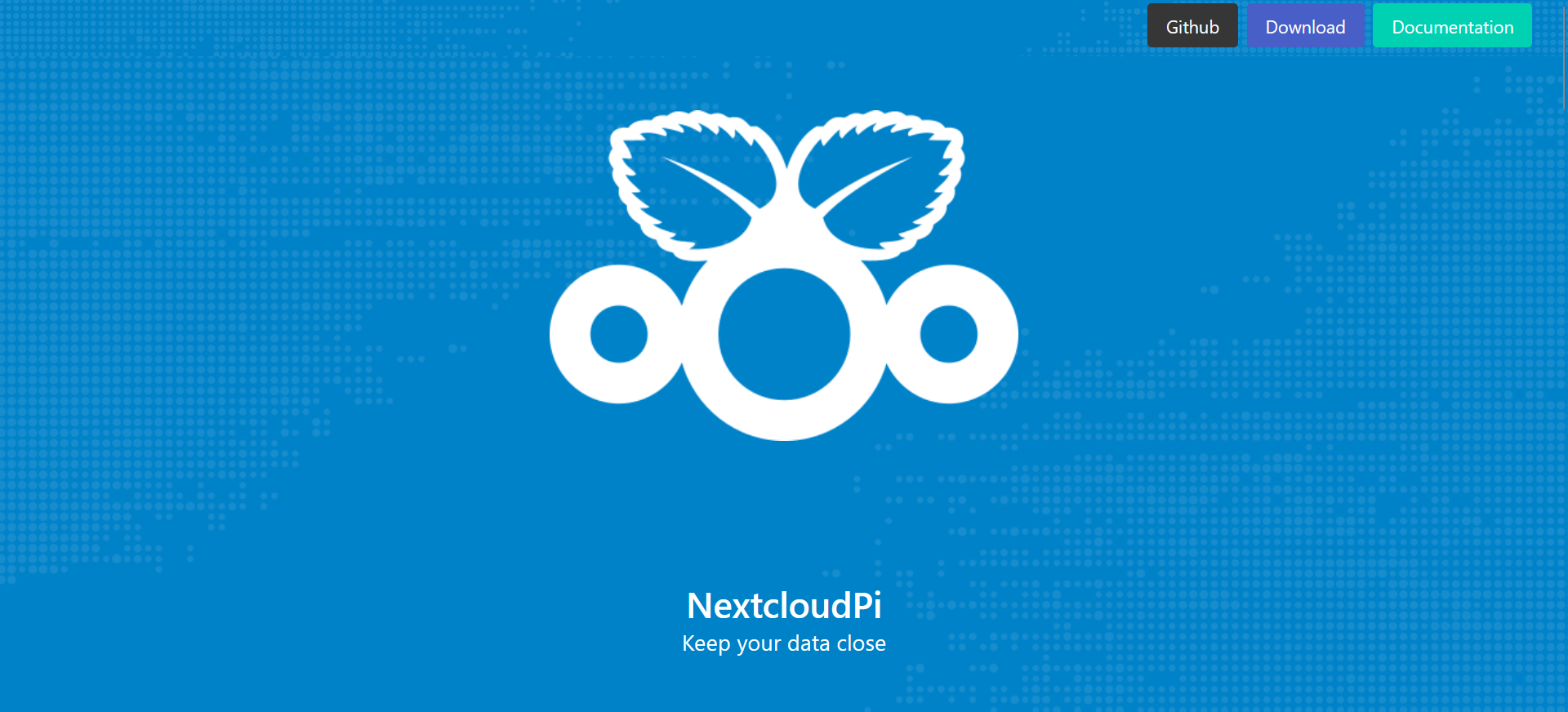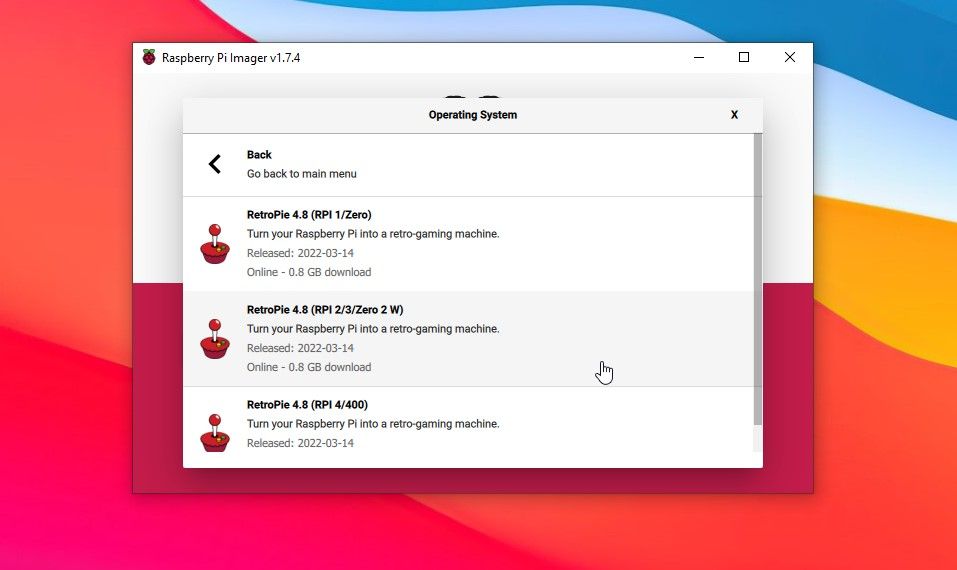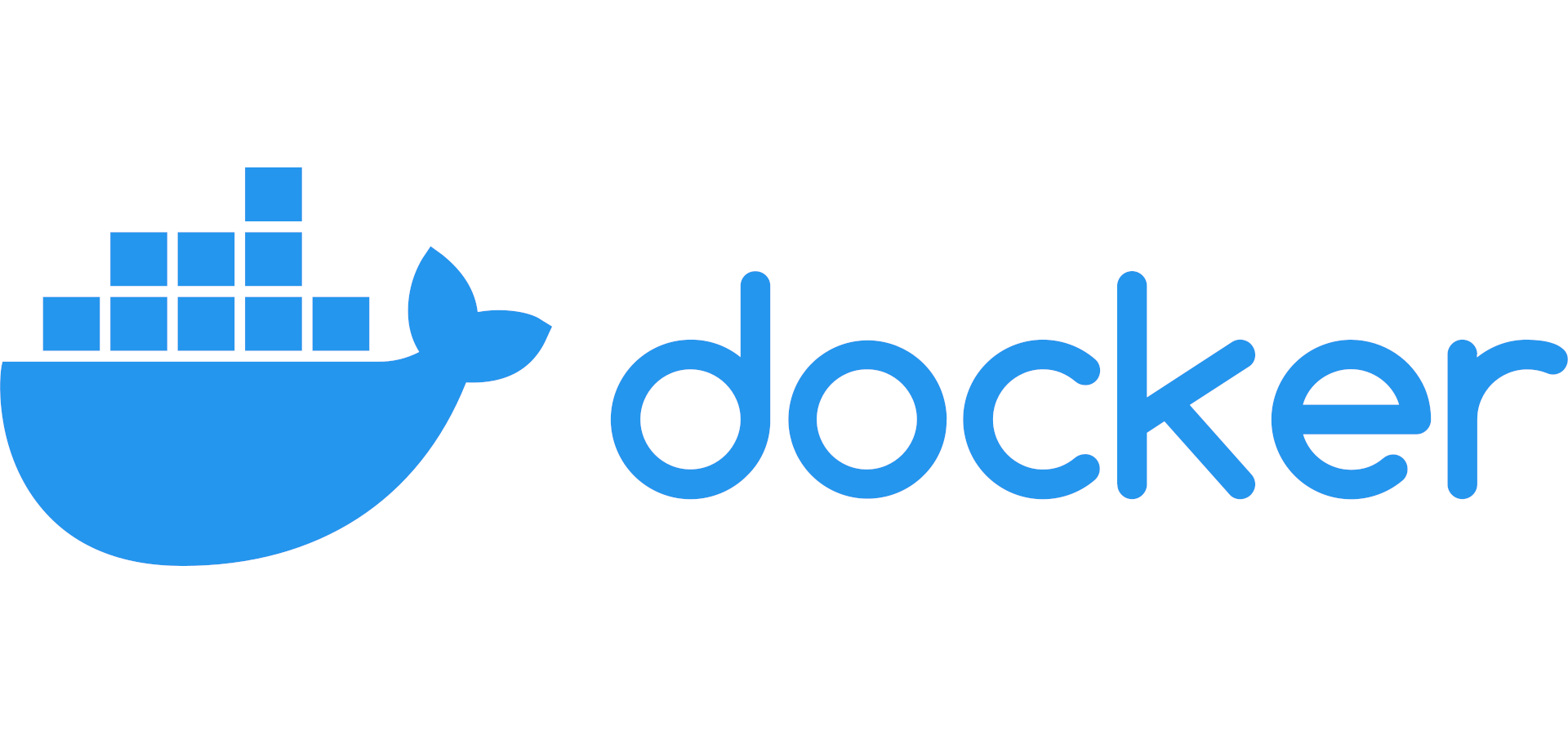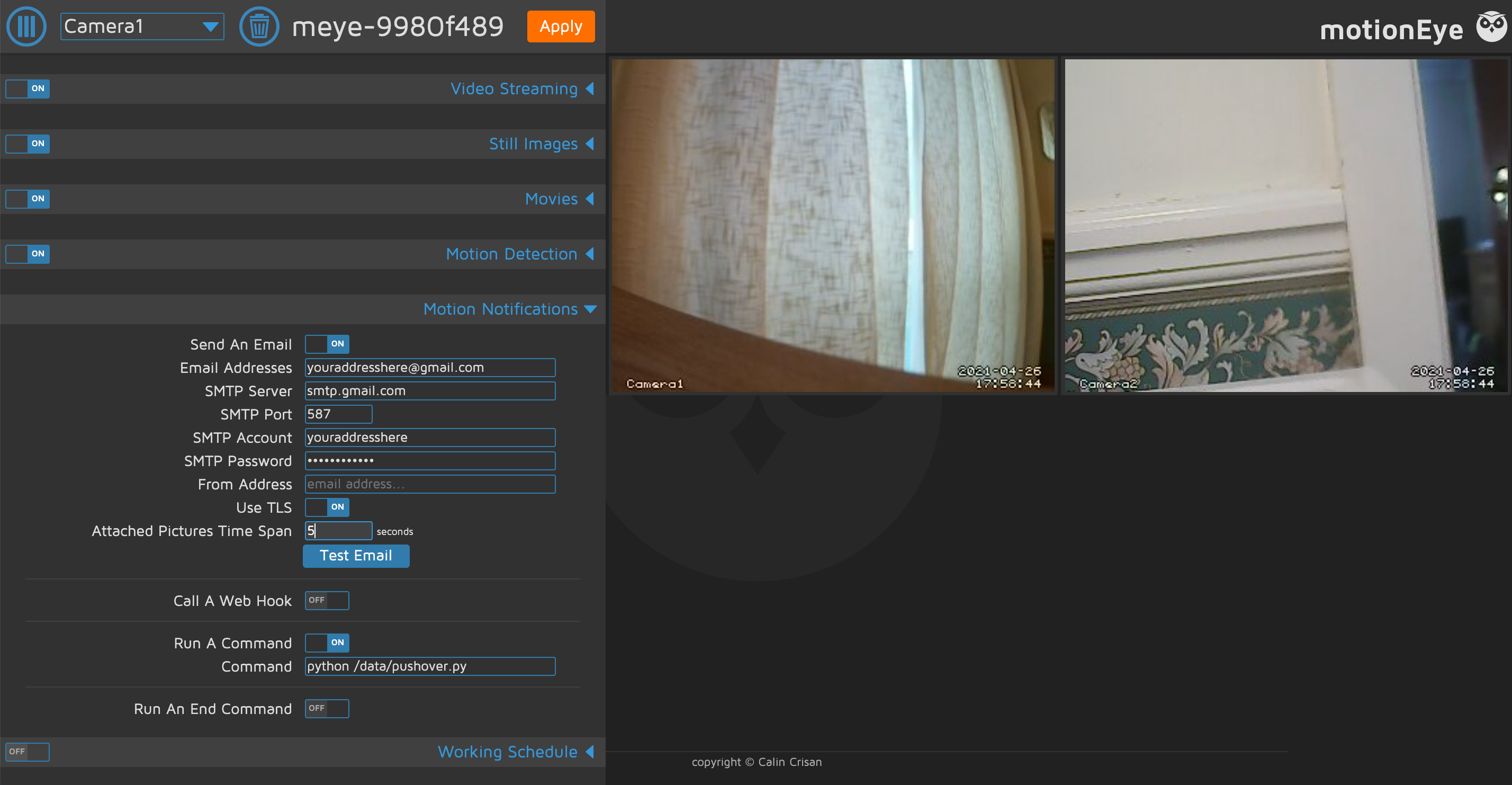The Raspberry Pi company went on a product launch spree in 2024, and there are no signs of slowing down in 2025. Now, you can finally buy a Raspberry Pi 5 with 16GB of soldered memory, opening up many exciting new projects and the chance to use the Raspberry Pi 5 as a proper desktop!
1
An Actual Desktop Experience
The first Raspberry Pi single-board computer, Model B (yes, Model B came before the cheaper Model A), was released in October 2012 and had 256MB of RAM. It was hardly usable for actual computing, but it was cheap, efficient, and hackable. The Raspberry Pi 4 Model B was the first to promise a desktop experience, but it only came with 8GB RAM and was limited in actual use.
The Raspberry 5 16GB variant is priced at $120 from official Raspberry Pi retailers, a $40 increase from the 8GB variant.
A Raspberry Pi 5 with 16GB RAM is a very strong contender for a daily driver. The 16GB RAM and the capable 2.4GHz 64-bit ARM Cortex-A76 quad-core processor mean the Raspberry Pi 5 has a better chance of delivering an actual desktop experience.
You can finally run Firefox and Chrome simultaneously, run VS Code with Stack Overflow open, and stream a YouTube tutorial without the computer slowing to a crawl. You can also remove Raspberry Pi OS and install a much more demanding operating system like Ubuntu if you prefer the interface or need some other feature.
2
Running AI and LLM Models
According to Eben Upton, founder and CEO of Raspberry Pi Ltd, artificial intelligence (AI) and large language models (LLM) are one of the anticipated use cases for the new 16GB variant.
Machine learning inference tends to be very compute-intensive, and more RAM is always better. While the Raspberry Pi 5 is not the best choice for training models, it can be used to run some small machine-learning models for computer vision, voice recognition, and other applications. Adding special hardware like the Raspberry Pi Hailo kit or the Raspberry Pi AI camera opens up even more possibilities.
A 16GB RAM Raspberry Pi 5 can run most language models under 7 billion parameters, such as ChatGLM, OpenLLaMA, Code Llama, and Microsoft Phi-3, with sufficient headroom for other tasks.
3
3D Design and Modeling
While the Raspberry Pi 5 is not targeted at designers or visual artists, it can be used for simple 2D and 3D graphic design. A $120 single-board computer will not match the performance of a render farm, but it is suitable for light design tasks and small projects. The extra onboard RAM means you can work with slightly larger files, load more assets, and complete projects faster than older variants.
Several 3D modeling applications are available for the Raspberry Pi, including FreeCAD, OpenSCAD, BlocksCAD, and TinkerCAD. Blender isn’t natively supported by the Pi, but it can run with some tweaks. The Raspberry Pi website has 3D modeling and design tutorials.
4
Self-Hosting Services
The cloud is someone else’s computer. For privacy, security, and even educational purposes, you should consider hosting some of the services you use regularly on a locally-run Raspberry Pi.
16GB of RAM is large enough for running multiple services on the same Raspberry Pi without building clusters or using orchestration software. You can have Home Assistant, Pi-hole, Nextcloud, Jellyfin, and your personal WordPress website running on a single Pi without using up memory bandwidth.
However, self-hosting is not necessarily easy and can be a constant source of headaches. It requires a stable power source and a reliable Internet connection. You will also need to perform regular backups and software updates. You will need a good amount of patience and technical expertise to troubleshoot any issues that come up.
Regardless, self-hosting is a great way to develop useful system administration skills while freeing yourself of proprietary solutions.
5
Gaming and Emulation
Retro-gaming is big in the Raspberry Pi community. There are dedicated retro gaming distributions (such as RetroPie) and hardware kits for the Raspberry Pi. The Raspberry Pi 5 vastly outperforms the Raspberry Pi 4 and can emulate more complex hardware like the Sega Saturn, GameCube, PS2, PSP, and Dreamcast.
Technically, you don’t need up to 16GB RAM to run most retro games. However, it means you don’t have to shut down other applications before playing games on your Raspberry Pi. For retro gaming purposes, 16GB RAM is more of a nice-to-have that improves the overall experience.
6
Running Virtual Machines & Containers
With 16GB of RAM, you can run virtual machines and containers on a Raspberry Pi. You can create isolated environments for applications and tweak things at the system level. Proxmox is an open-source virtualization platform for managing virtual machines and containers. It is not directly available for the Raspberry Pi, but with some tinkering, you can set it up via Pimox.
A 16GB Raspberry Pi will run a few virtual machines smoothly, though performance may start to degrade as the resource demand increases.
Since Proxmox is not officially supported, the setup might be unstable and is not recommended for professional deployment.
Docker makes it easy to set up and manage containers on the Raspberry Pi. This is particularly valuable for self-hosting services, as it ensures that applications run independently without interfering with one another. It can help minimize damage in the event of malware attacks and provide an ideal environment for exploration and experimentation.
7
Home Security and Surveillance
Home surveillance is not a project that usually demands a high-spec Raspberry Pi model, especially if you are streaming from a few cameras. Old Raspberry Pi models make for great home security cameras for that reason.
However, if you need to stream 1080p video from multiple high-resolution cameras, you might need a Raspberry Pi 5 with 16GB of RAM to handle the extra bandwidth. You will also be able to run advanced processing such as motion detection and facial recognition.
motionEye is the most popular open-source surveillance software for managing several cameras simultaneously. The motionEyeOS project is currently inactive, but you can run the interface directly on a Raspberry Pi OS installation.
The Raspberry Pi series has come a long way in both price and performance. The Raspberry Pi 5 16GB is about three times as expensive as the original Model B but also several times more capable. While the price increase is significant, the performance gap is just as wide.

